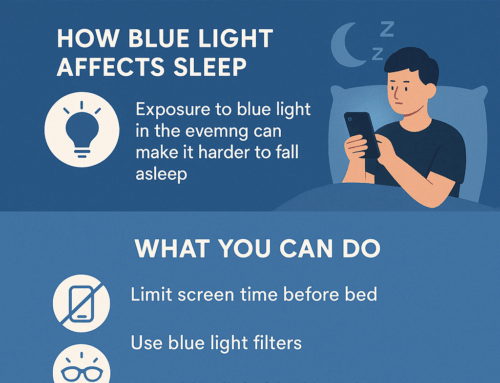Adolescence is a transformative period marked by physical and emotional changes. The power of peer influence on adolescent behavior stands out. From fashion trends to differing behaviors, the impact of peers is undeniable. Understanding this influence can offer insights into how teenagers navigate their social worlds and how parents, educators, and communities can better support them.
The Role of Peer Influence
Peer influence during adolescence operates on several levels. It can manifest positively, such as encouraging academic achievement or promoting healthy lifestyles. Conversely, it can also lead to adverse outcomes, such as engaging in risky behaviors or succumbing to peer pressure. Here’s a closer look at how peer influence shapes adolescent behavior:
Social Validation and Identity Formation
Adolescents are in a crucial phase of identity formation. They seek validation from their peers to affirm their sense of self. Peer groups provide a context for exploring identities and roles, and acceptance within these groups can significantly impact self-esteem. Teens may conform to group norms and behaviors to fit in, which can lead them to adopt positive and negative traits. For example, a teenager might excel academically because their peer group values education, or they might experiment with substances like drugs and alcohol if their peers are engaging in that behavior.
Risk Behaviors and Peer Pressure
One of the more commonly discussed aspects of peer influence is its role in risky behaviors. Peer pressure can encourage adolescents to try activities they might otherwise avoid, such as smoking, drinking alcohol, or engaging in unsafe sexual practices. The desire to belong and be accepted can outweigh the perceived risks of these behaviors. Studies show that adolescents are more likely to engage in risky behaviors if they believe their peers are doing the same.
Positive Peer Influence
It’s important to note that peer influence isn’t always detrimental. Positive peer groups can motivate adolescents to pursue constructive activities, such as academic achievement, sports, community service, or church activities. To learn about the importance of spirituality to mental health, click here. Supportive friends can provide encouragement and accountability, helping individuals set and achieve personal goals. For instance, a teenager in a study group might perform better academically due to the collective motivation and shared resources.
The Digital Dimension
The advent of social media has introduced a new layer to peer influence. Digital platforms amplify the reach and immediacy of peer interactions. Online communities and influencers can shape trends and attitudes, sometimes leading to the rapid spread of positive and negative behaviors. Adolescents may feel pressured to conform to online trends or present a curated image that aligns with their peers’ expectations. In a recent blog post, we delve more deeply into social media and teens.
Navigating Peer Influence: Strategies for Support
Understanding the dynamics of peer influence is crucial for guiding adolescents through this formative period. Here are some strategies for parents, educators, and mentors to support teens:
Open Communication
Maintain open lines of communication with adolescents. Create a safe space where they feel comfortable discussing their experiences and pressures. Active listening can help adults understand the influence of peers and provide relevant guidance.
Encourage Healthy Friendships
Help adolescents build relationships with peers who have positive influences. Encourage them to participate in extracurricular activities where they can meet like-minded individuals and develop supportive social networks.
Foster Critical Thinking
Teach adolescents to evaluate peer pressure critically and make informed decisions. Discuss the potential consequences of different behaviors and encourage them to think about their values and goals.
Model Positive Behavior
Be a role model for healthy behavior. Adolescents often emulate the behaviors they see in adults. Demonstrating balanced and positive choices can reinforce the values you wish to impart.
Supportive Environments
Create environments that support positive behaviors. Schools, community organizations, churches, and family activities can offer constructive alternatives to risky behaviors and provide a sense of belonging and purpose.
Peer influence is a double-edged sword in adolescent development, wielding the power to shape behaviors and attitudes significantly. While it can lead adolescents down paths of both constructive and risky behaviors, understanding and addressing this influence can help guide them toward positive outcomes. By fostering open communication, encouraging healthy relationships, and supporting positive environments, we can empower adolescents to navigate their social landscapes with confidence and resilience.







Leave A Comment